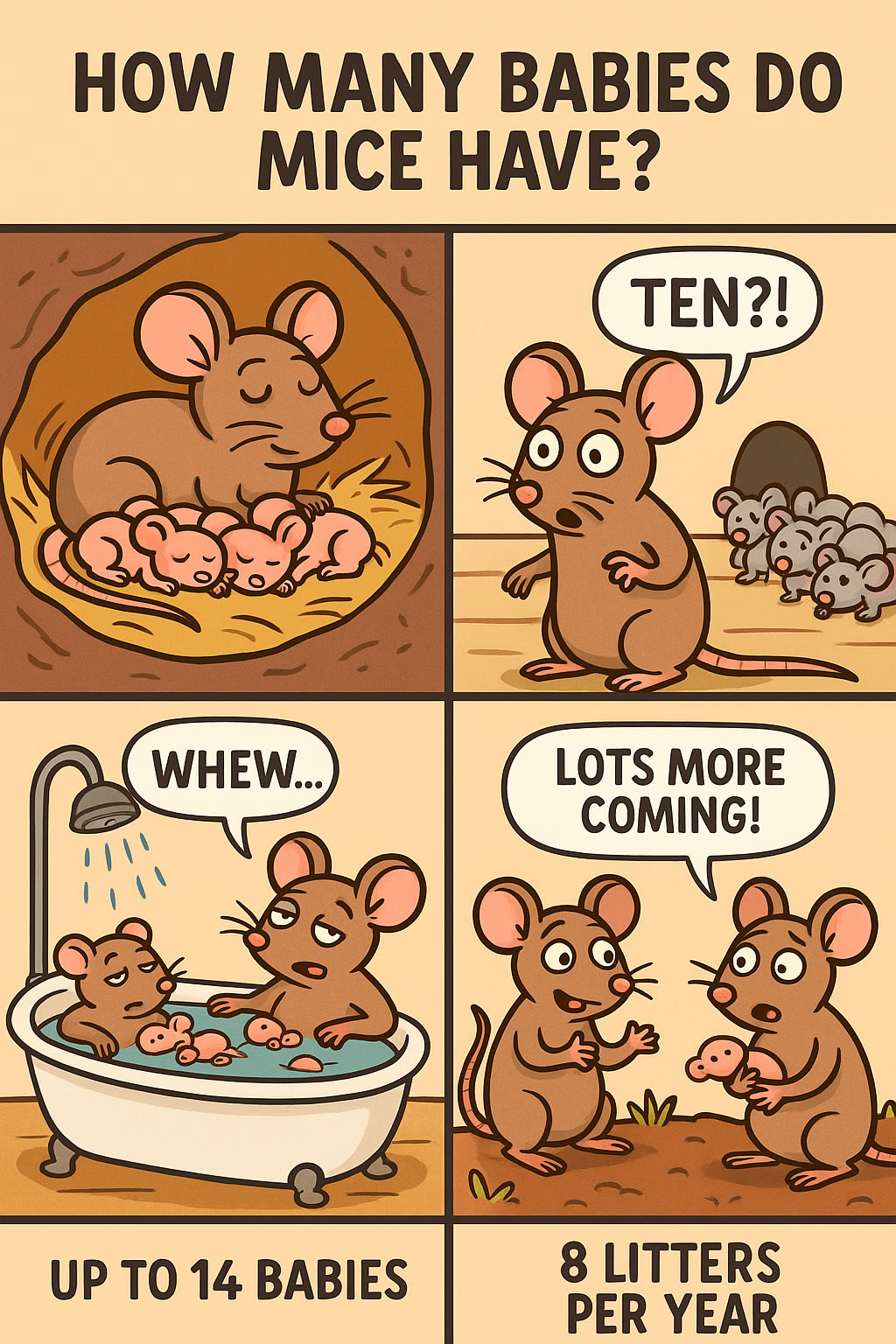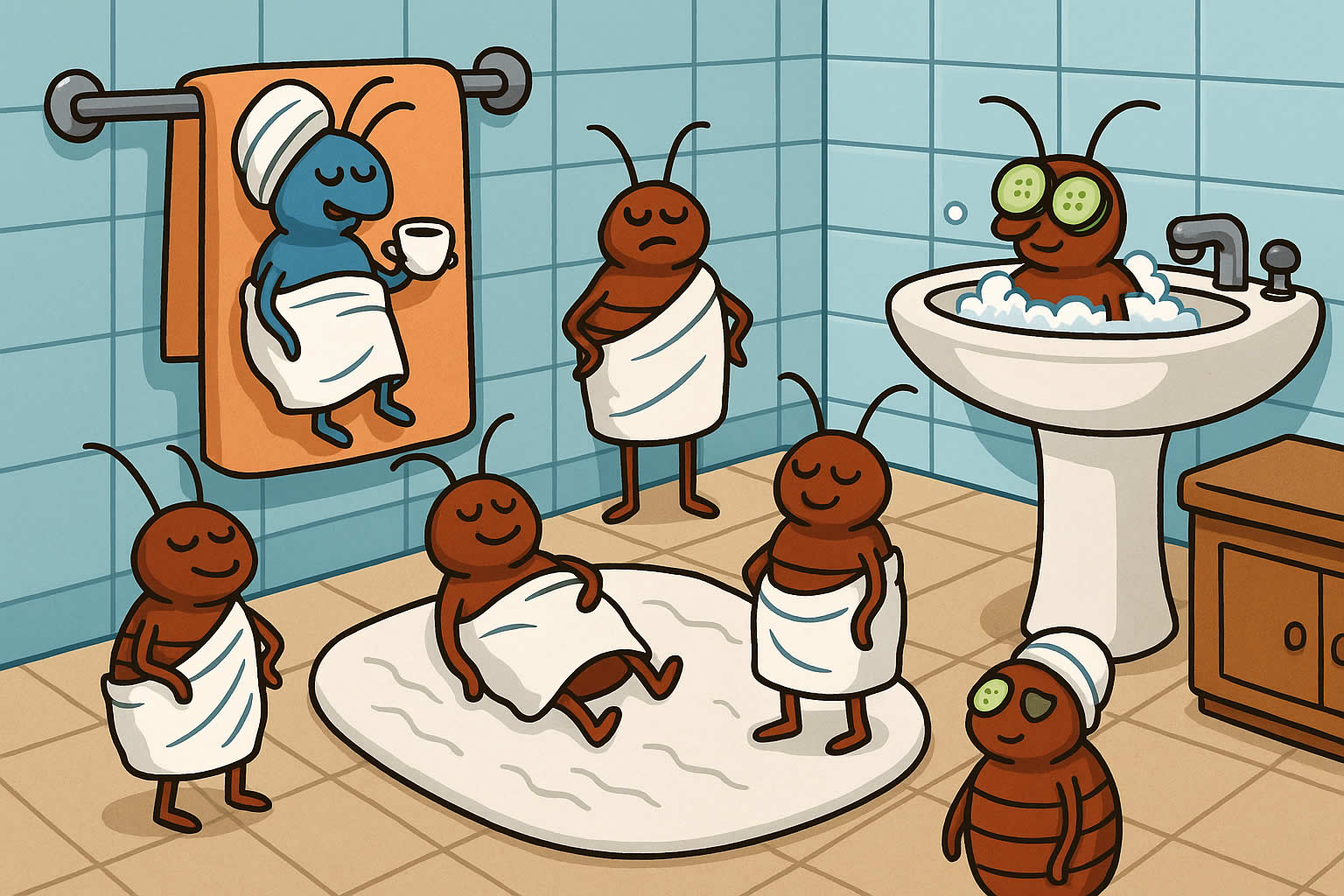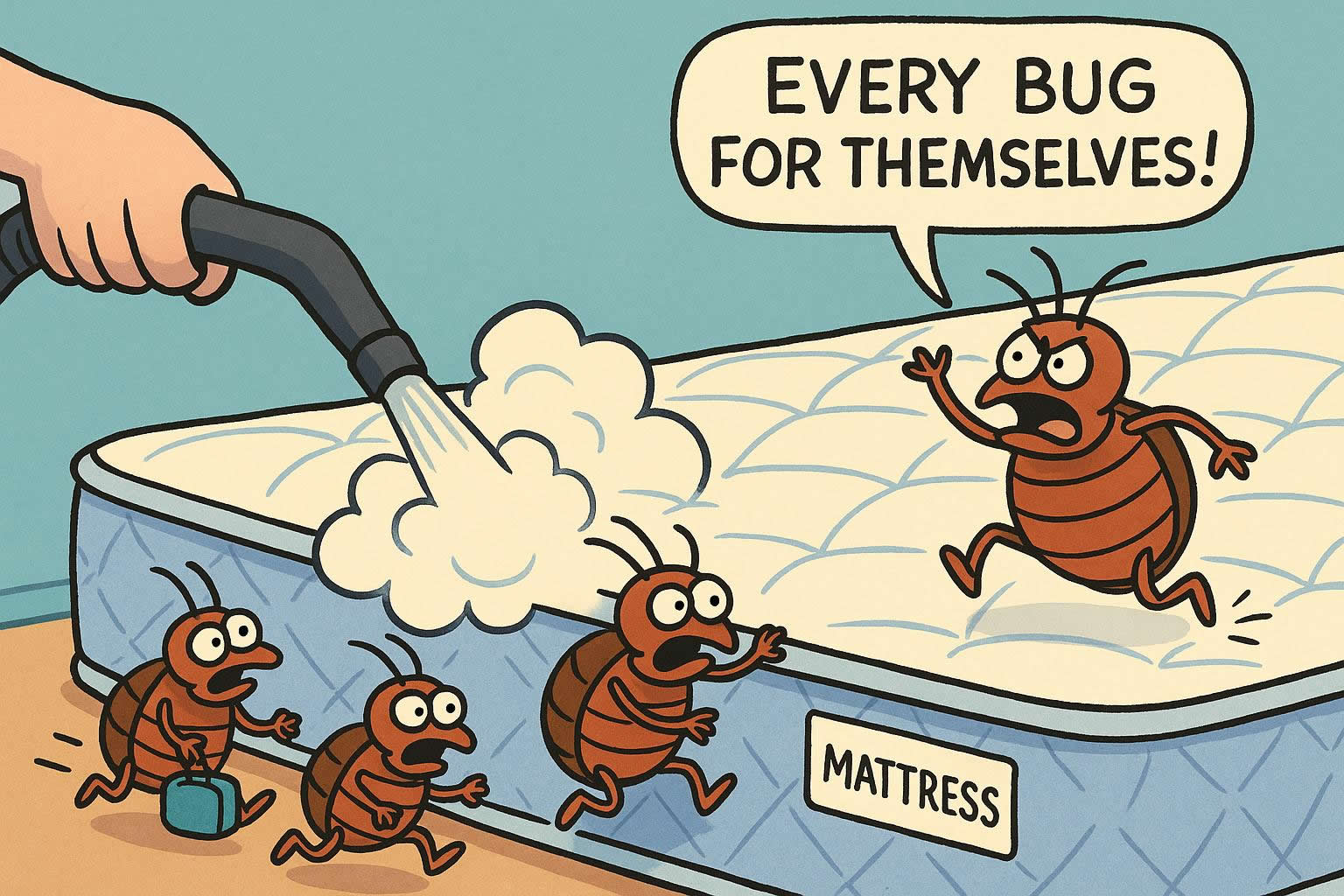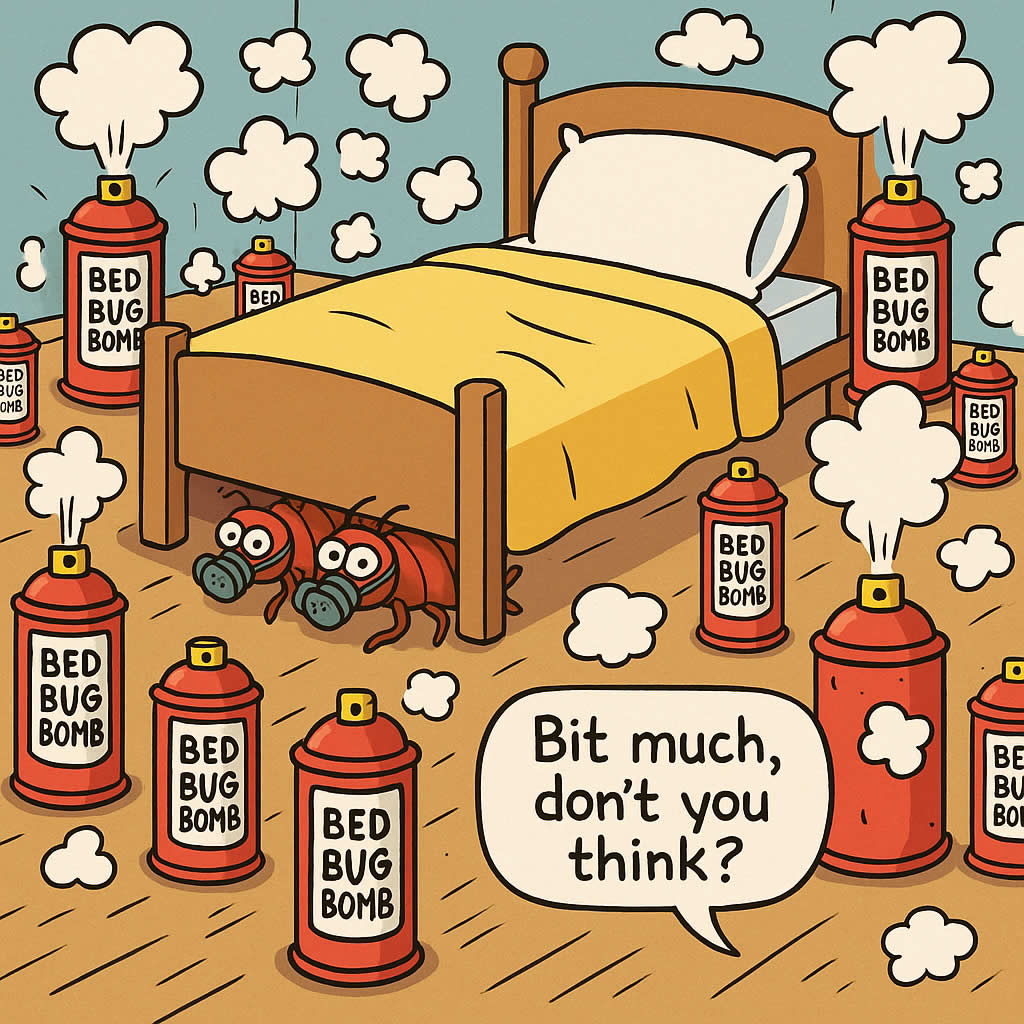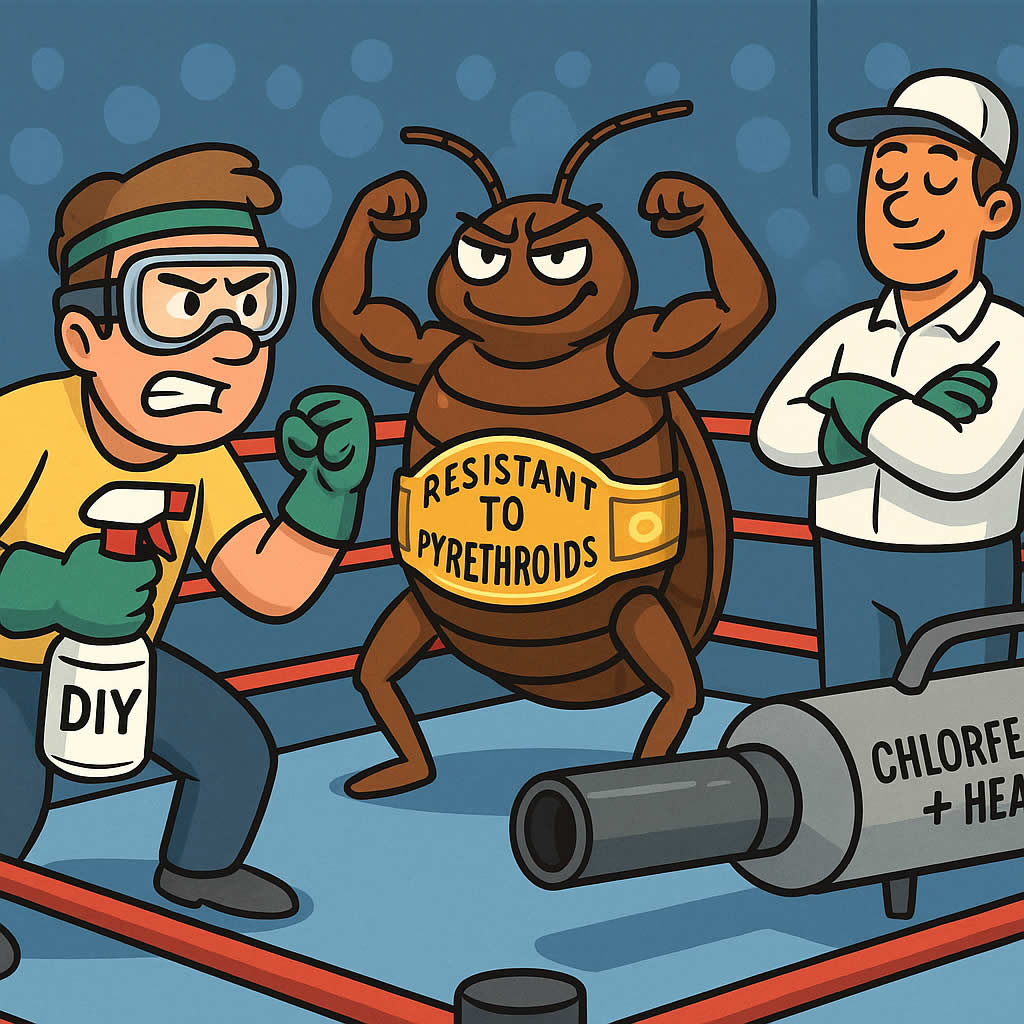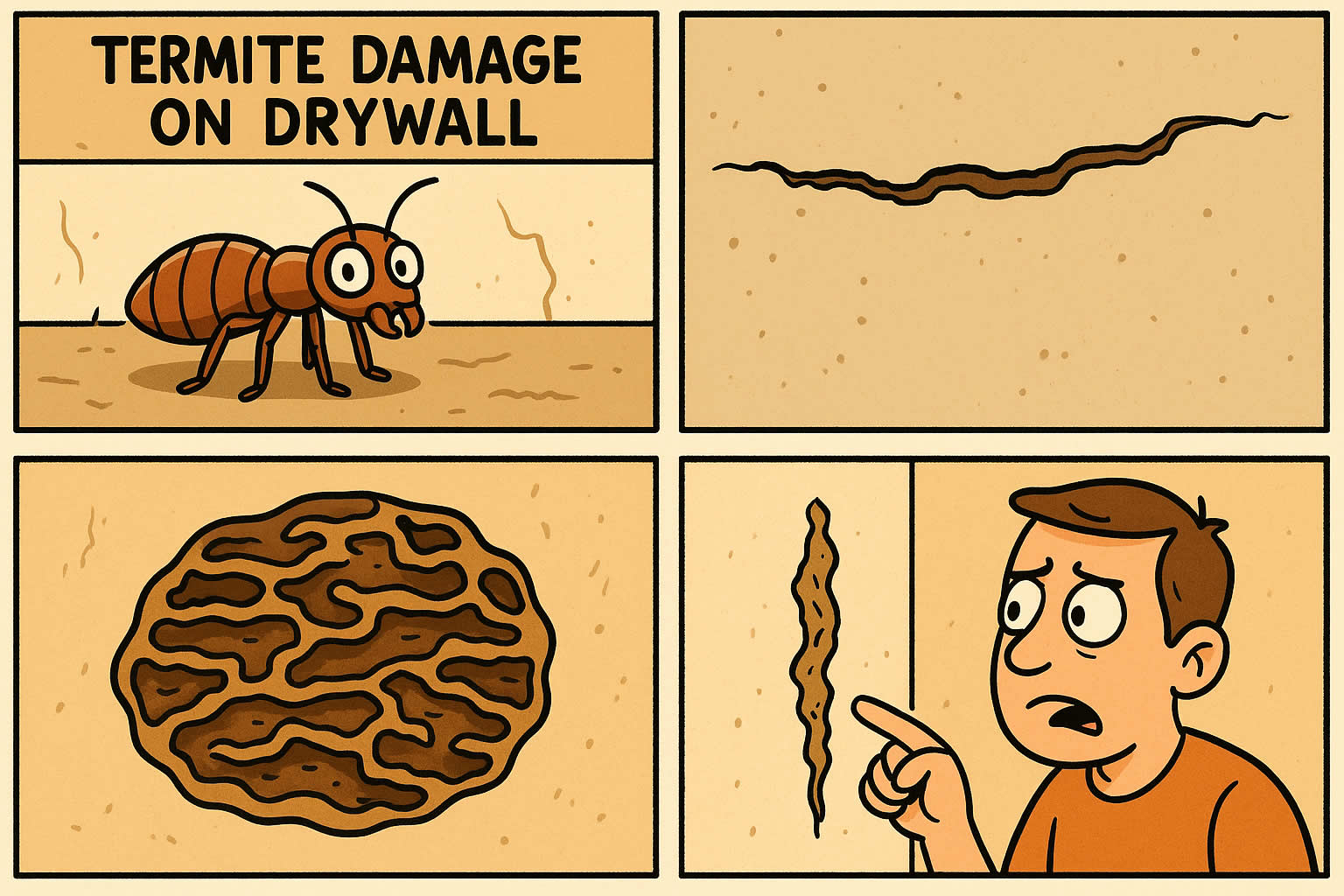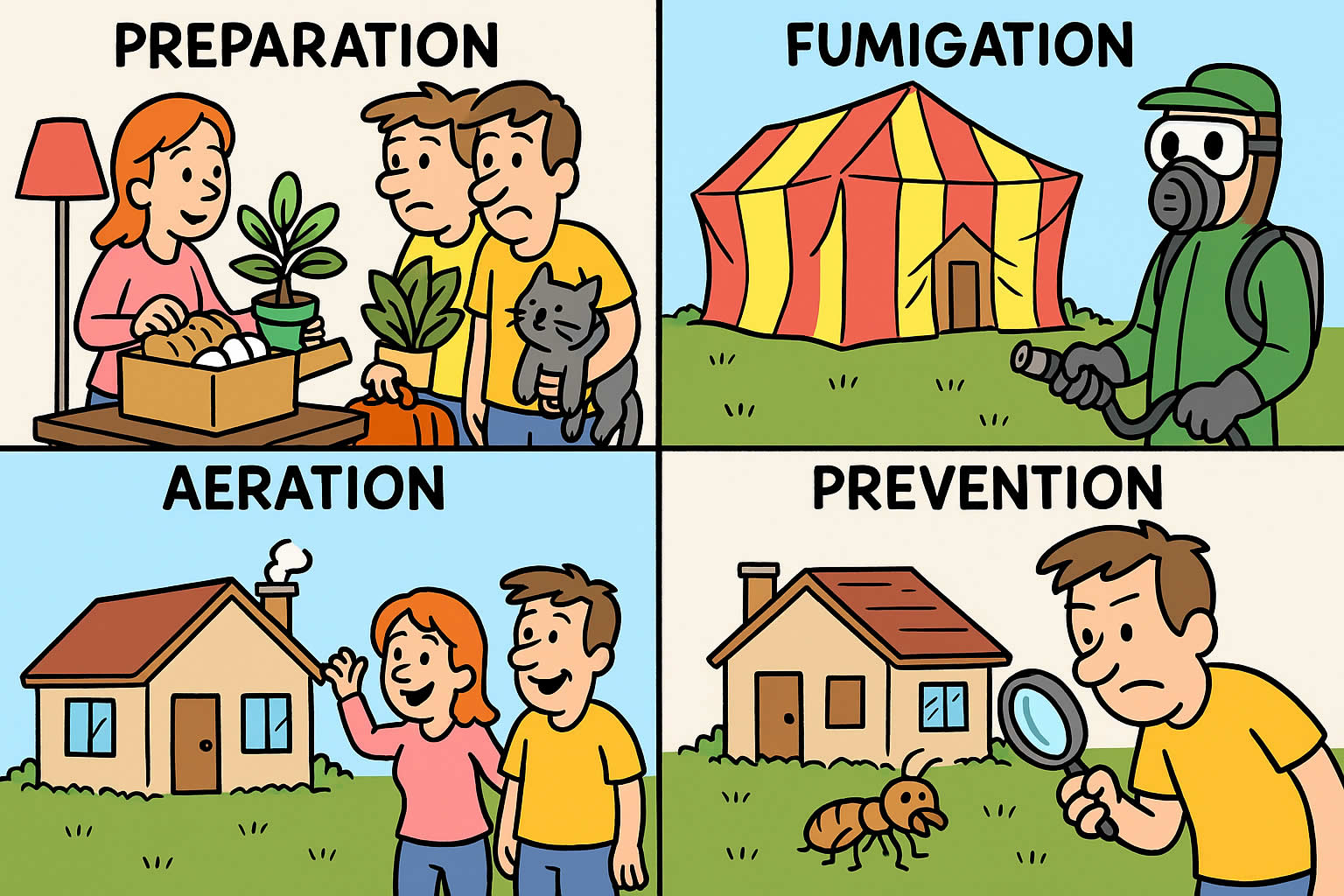Related Queries
ToggleIf you’ve spotted a mouse in your home, you’re probably wondering one thing—how many more might be hiding nearby? It’s a fair question. Mice aren’t just quick and quiet—they’re also incredibly fast at reproducing. What starts off as a single rodent can quickly turn into a full-blown infestation if left unchecked. And that all starts with understanding how many babies mice actually have, and how quickly things can get out of hand.
Let’s go through everything you need to know about mouse litters, how often they breed, and why early action really matters when it comes to pest control.
How many babies can a mouse have at once?
Most female mice give birth to between 6 and 12 babies per litter, but that number can vary. In some cases, a single litter can have up to 14 pups. These babies are tiny, hairless, and completely dependent on their mother for survival. They’re born blind and deaf but grow quickly—within just a few weeks, they’re mobile, eating solids, and ready to start exploring.
You might not even notice the first signs of an infestation until it’s already well underway. One litter might not seem like a huge deal, but the numbers climb fast, and here’s why.
How often do mice have babies?
A female mouse can get pregnant again immediately after giving birth. No recovery period, no waiting. Within 24 hours, she can mate again and carry another litter. In ideal indoor conditions—like a warm home with plenty of food—she can have up to 10 litters a year.
Each one of those litters could contain 6–14 pups. That means a single mouse could potentially produce over 100 babies per year, just by herself. And those babies? They can start breeding themselves at just 4 to 6 weeks old.
It doesn’t take long for the numbers to get out of hand.
Can mice breed all year round in the UK?
Yes, they absolutely can—especially if they’re indoors. While wild mice outdoors tend to slow down in winter, indoor mice keep breeding all year round. In a warm home, mice aren’t limited by the seasons. They’ll take full advantage of your central heating, hidden gaps, and leftover crumbs.
That’s why winter infestations are just as common as summer ones, especially in lofts, cupboards, and behind appliances where it stays warm and quiet.
When do mice reach breeding age?
Baby mice grow quickly. Within four to six weeks, they’re fully grown and ready to start mating. That’s part of the reason mouse populations explode so quickly. You don’t just have to worry about the adult mice—you also need to consider the fact that their babies will soon be having litters of their own.
Once they reach maturity, female mice can become pregnant every three to four weeks, which leads to continuous, overlapping generations.
How long are mice pregnant for?
The gestation period for mice is only about 19 to 21 days. That’s less than three weeks from mating to birth. Compared to many animals, that’s incredibly fast. And because they can mate again immediately after birth, it means there’s almost always another litter on the way.
It’s one of the reasons mice are considered such a difficult pest to control once they’ve settled in. They just don’t stop.
How many babies survive from each litter?
Not every baby mouse survives, especially in harsh outdoor conditions or where there’s limited food. But indoors, most do. If your home offers warmth, shelter, and easy access to food (even crumbs or pet food), the majority of the pups will make it to adulthood.
This high survival rate indoors is what makes mouse infestations so persistent. It’s not just the birth rate—it’s the survival rate too.
What does a baby mouse look like?
When they’re first born, baby mice are pink, hairless, blind, and completely dependent on their mother. Within a week, they start to grow fur. After two weeks, their eyes open. Around the three-week mark, they begin eating solid food, and by four weeks, they’re weaned and ready to leave the nest.
That’s when they start exploring and finding places to nest elsewhere in your home. Drawers, loft insulation, and even under your floorboards are all fair game.
Where do mice usually give birth in homes?
Mice look for safe, quiet places to build nests. That could be behind your fridge, inside your kitchen cupboards, in the loft, or behind skirting boards. They gather soft materials—like shredded paper, insulation, or fabric—to build nests for their babies.
The most common signs of a nest include:
- A small pile of shredded material in a warm corner
- Faint squeaking noises at night
- Increased droppings in a concentrated area
- Scratching sounds coming from walls or ceilings
If you suspect a nest, chances are there are babies nearby.
Why does this matter for pest control?
Knowing how many babies mice can have—and how quickly—highlights why speed is so important when dealing with them. Leaving it for even a few weeks can turn a manageable issue into a serious problem. It’s not about panic—it’s about acting early before things get worse.
Mouse control isn’t just about getting rid of the mice you see. It’s about stopping the breeding cycle entirely.
What should you do if you think mice are breeding in your home?
If you’ve spotted a mouse or seen signs like droppings, chewed wires, or nests, don’t wait. Mice won’t leave on their own. And because they reproduce so fast, every delay gives them time to expand.
Here’s what to do:
- Inspect thoroughly – Check behind appliances, inside cupboards, lofts, and any quiet corner they could nest in.
- Seal up entry points – Mice can squeeze through gaps the size of a pencil. Block holes, gaps around pipes, and cracks in walls.
- Clean up food sources – Store food in airtight containers, clear up crumbs, and avoid leaving pet food out overnight.
- Set traps or call professionals – You can try traps, but if you suspect breeding, a professional pest controller will give you a faster, more thorough solution.
How do mice compare with other pests in terms of reproduction?
Let’s look at a quick comparison to see just how fast mice breed compared to other common pests.
Mouse Reproduction vs Other Pests: Comparison Chart
| Pest Type | Avg. Babies Per Birth | Litters/Year | Time to Maturity | Breeds Indoors? |
| House Mouse | 6–14 | 7–10 | 4–6 weeks | Yes |
| Rat | 6–12 | 5–6 | 8–12 weeks | Yes |
| Cockroach | 30–40 (per ootheca) | Continuous | 1–2 months | Yes |
| Fleas | 20–50 (per day) | Continuous | 2–3 weeks | Yes |
| Bed Bugs | 1–7 (per day) | Continuous | 1 month | Yes |
Mice may not have the highest number of babies per birth, but their rapid breeding cycle and short time to maturity mean they multiply extremely fast in indoor environments.
What can you do to prevent mice from nesting in the first place?
Prevention is always easier than dealing with an infestation. If your home is mouse-free right now, here’s how to keep it that way:
- Block access points – Seal up any entry holes with wire mesh or expanding foam.
- Remove nesting materials – Keep clutter to a minimum, especially in attics and basements.
- Store food securely – Use airtight containers, even for pet food.
- Keep bins sealed – Mice will happily explore your bin if it’s not properly closed.
- Tidy your garden – Overgrown shrubs and piles of wood or rubbish can give mice somewhere to hide near your home.
What if you’ve only seen one mouse?
One mouse is rarely just one. It’s more often the first sign of a bigger problem, especially if it’s indoors during the day. Mice usually avoid people and stay hidden. If you’re seeing them out and about, there’s a good chance they’re already well-established.
That one mouse could be part of a family that’s already growing.
Final thoughts
Mice might look harmless, but their ability to reproduce quickly makes them one of the most persistent pests in the UK. One female mouse can give birth to over 100 babies in a single year—and those babies start breeding in just a few weeks.
That’s why knowing the signs and acting early is so important. You don’t need to panic, but you do need to stay ahead of the problem. The sooner you deal with mice, the easier it is to stop them from taking over your home.
If you’re already seeing signs of a mouse problem—or if you’re just not sure—it’s always worth getting advice from a professional. Left alone, a small mouse issue can grow faster than you might think.
Pest Control Meppershall – Pest Control Steppingley – Pest Control Studham
